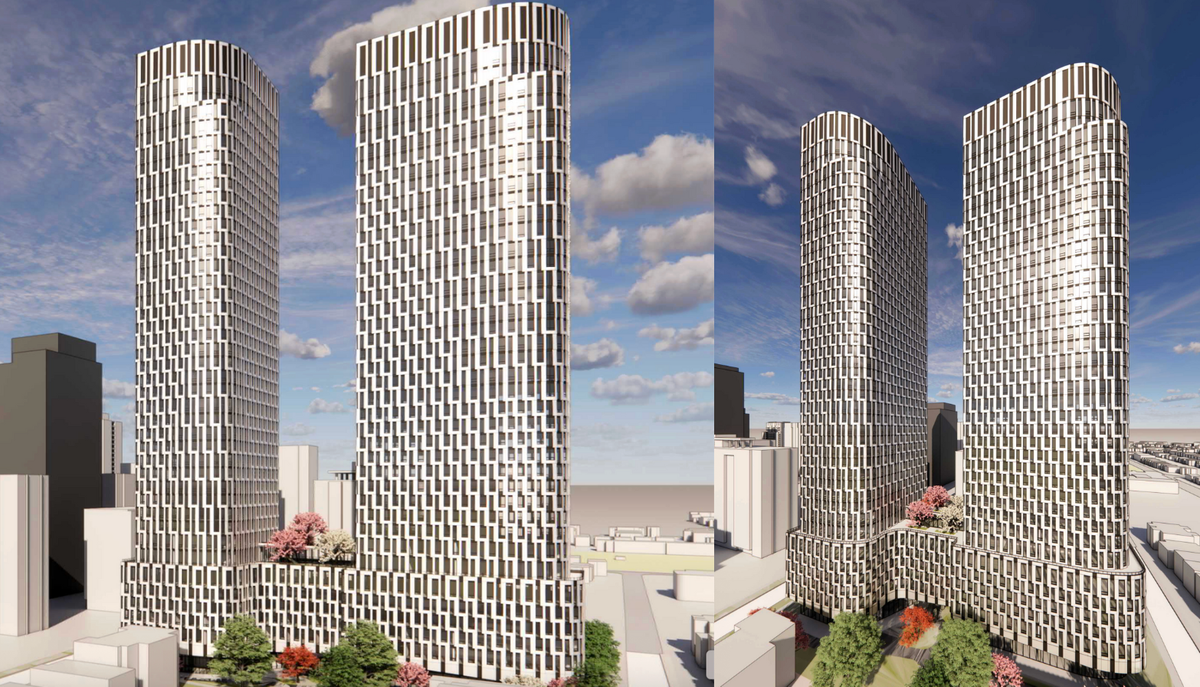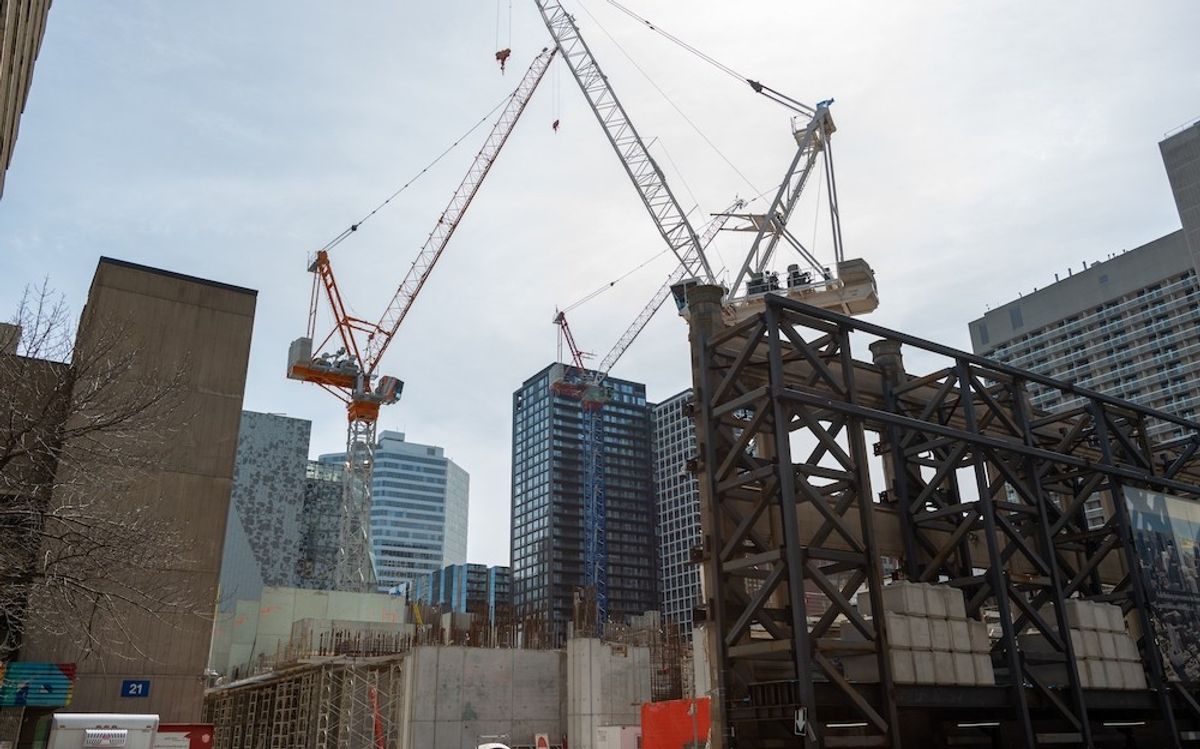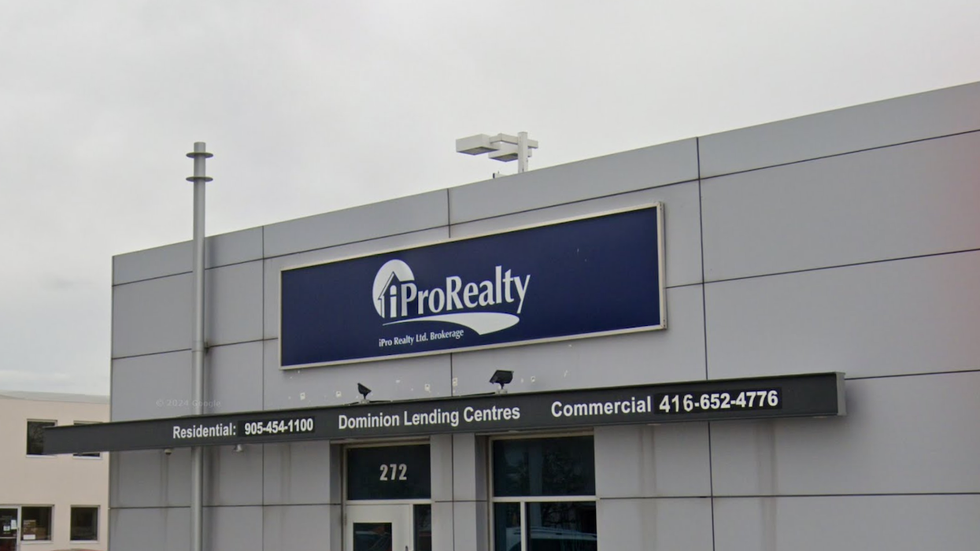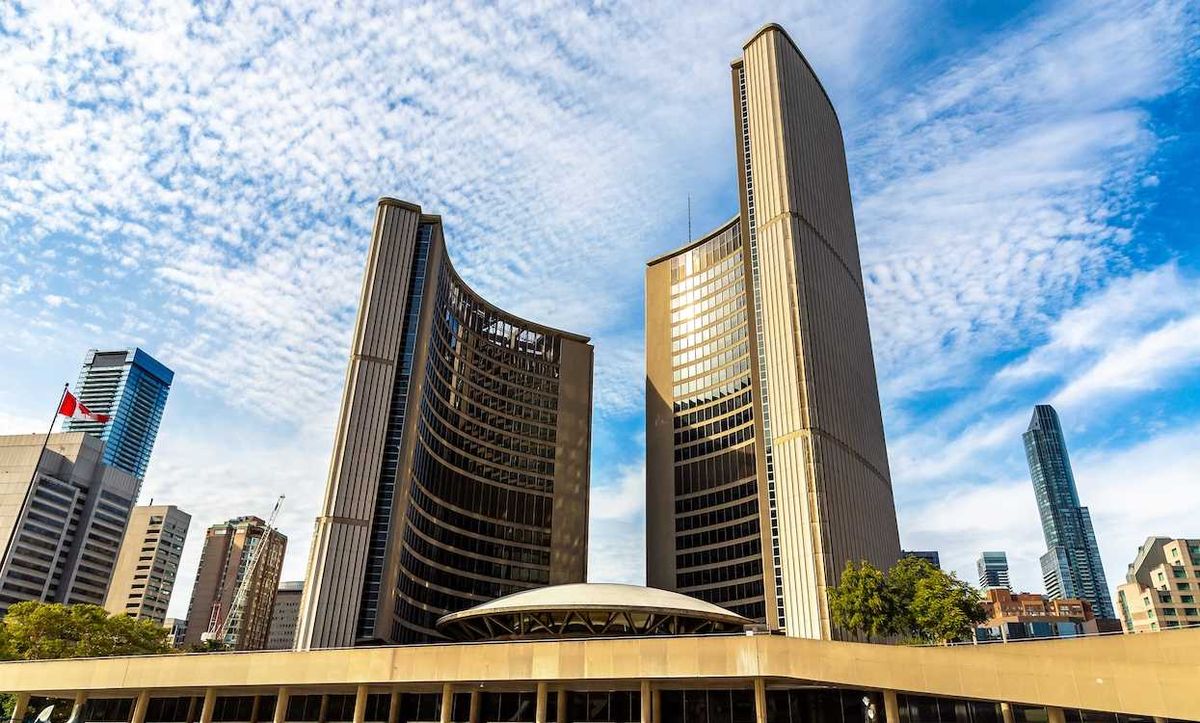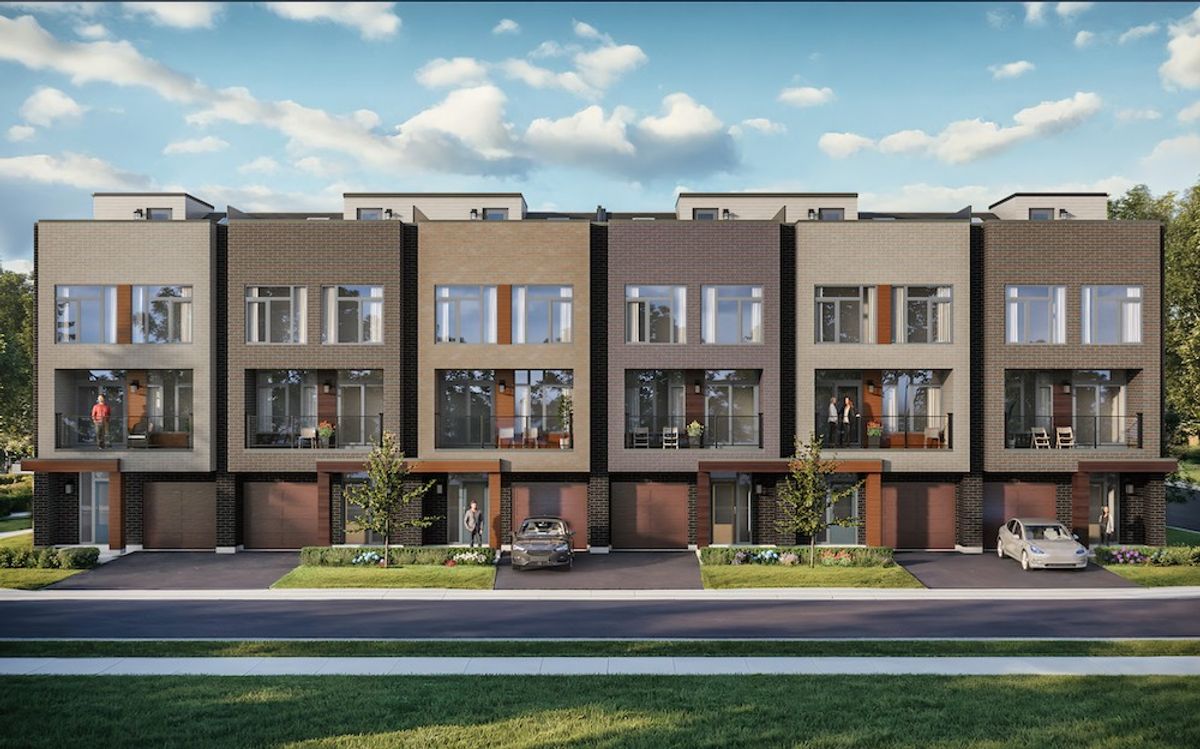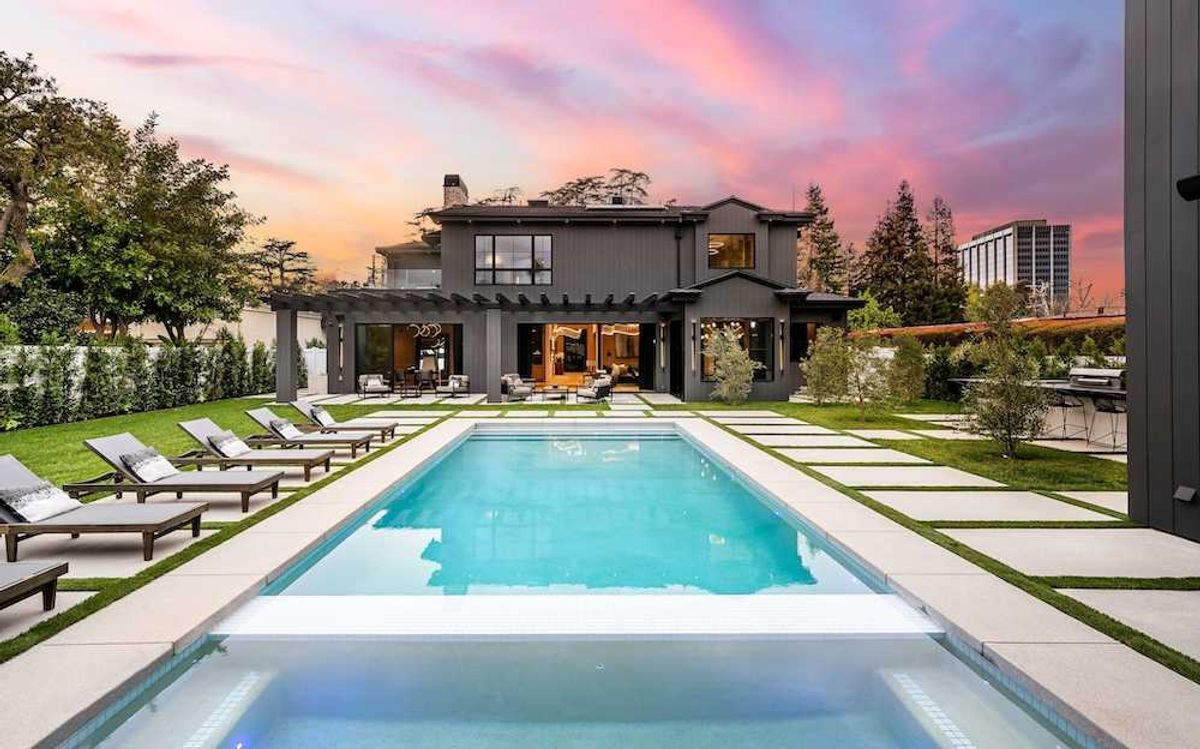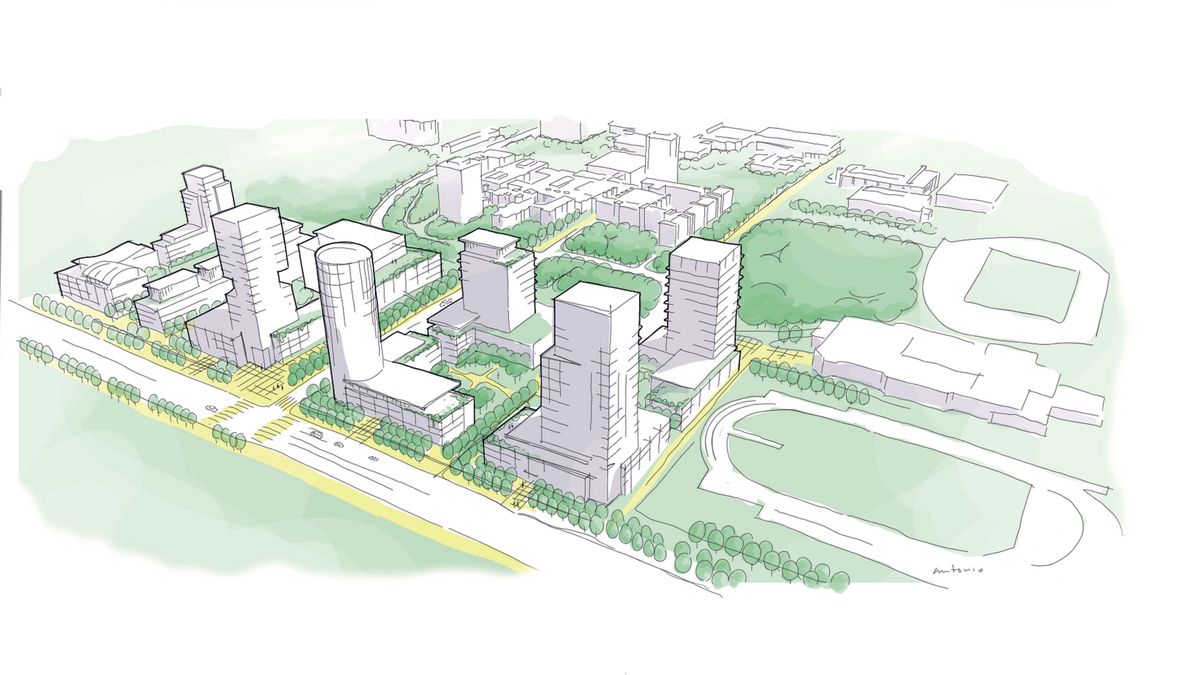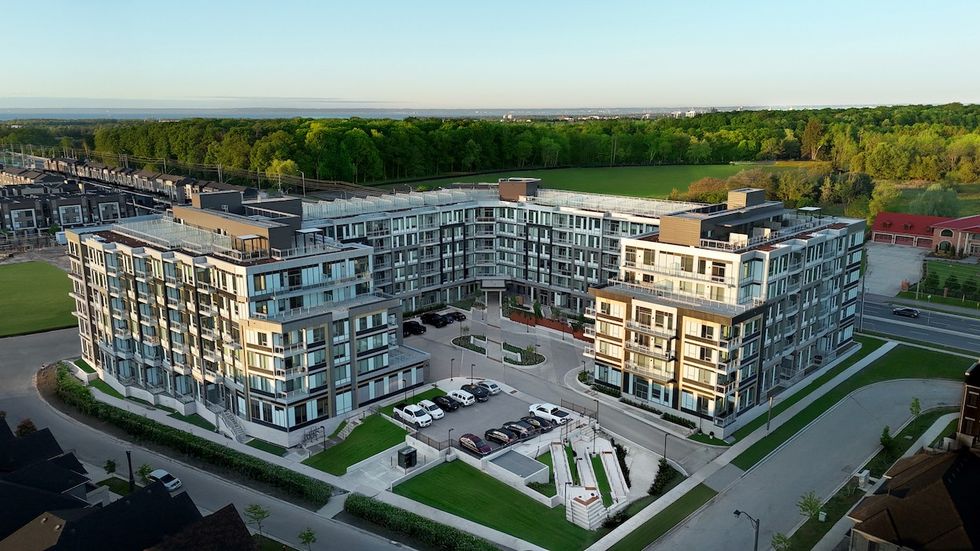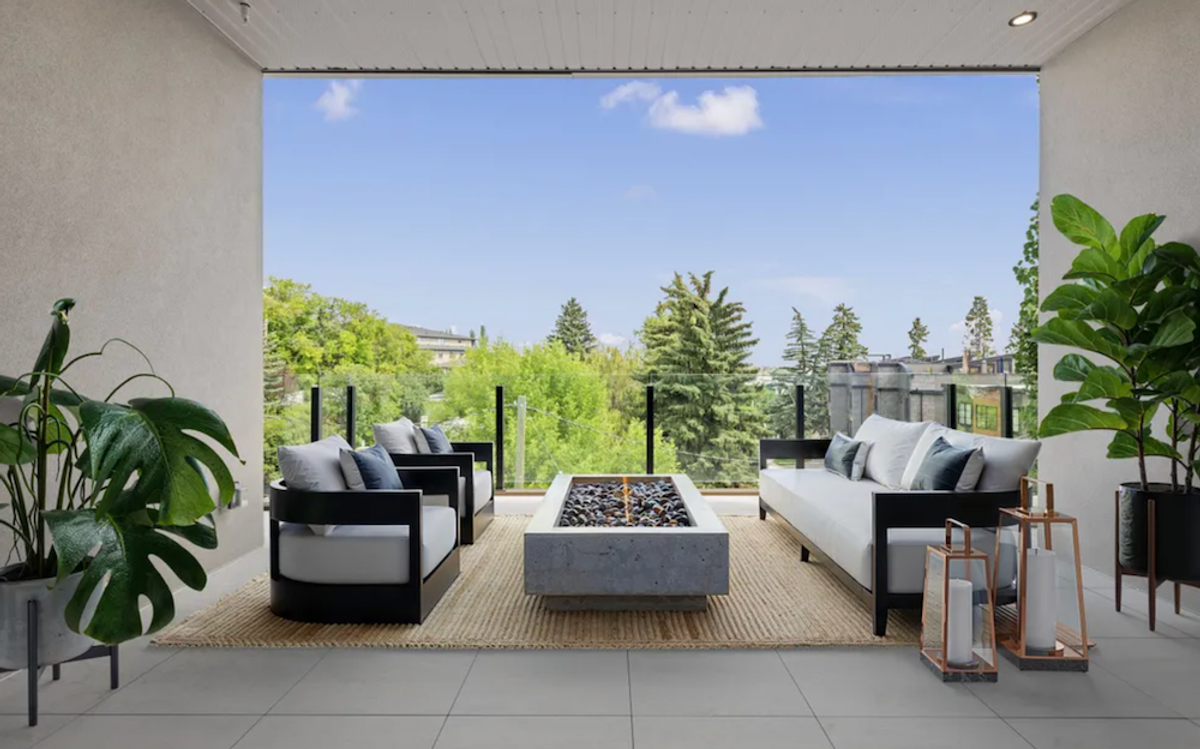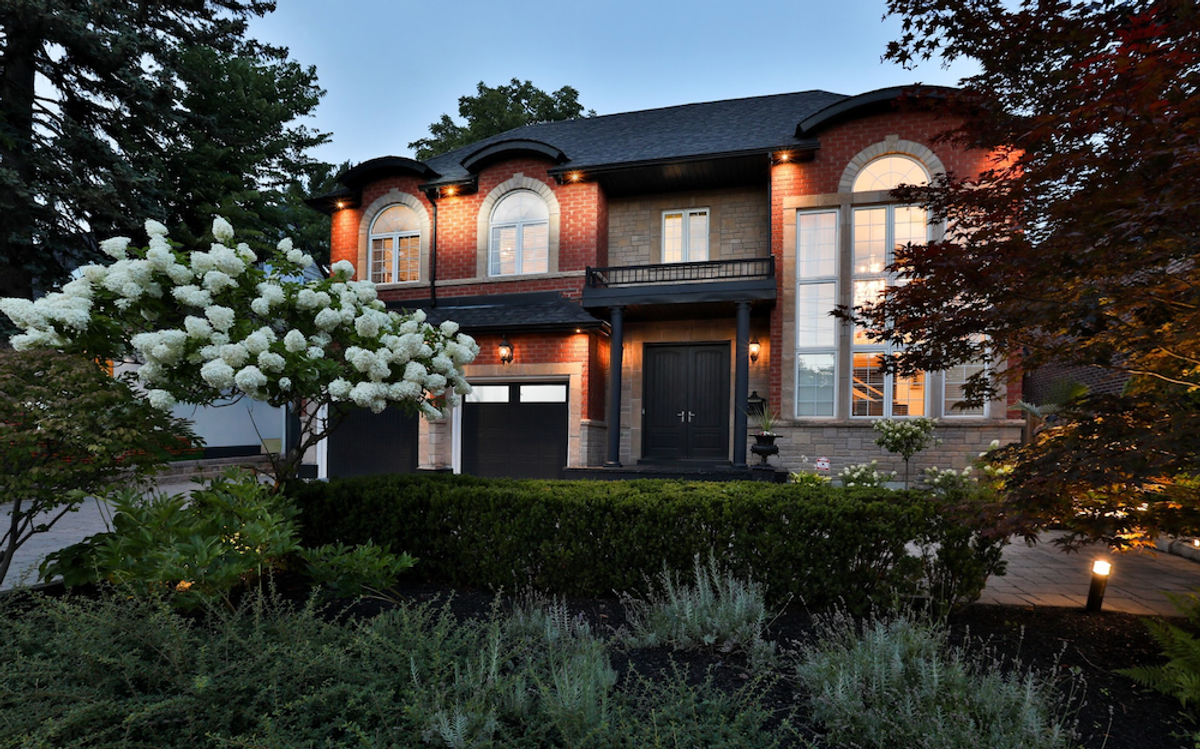In less than a month, Canadians will elect a new prime minister.
With trade relations deteriorating with our most vital ally, an increasingly partisan sociopolitical climate, and a housing crisis that just wont quit, the chosen party will have their work cut out for them.
According to polling from Ipsos, among the most pressing issues for voters i cost of living and inflation, healthcare, Canada's relationship with the US, and housing. Polling shows the Liberal Party has been most persuasive in their approach to tackling these issues — a reversal of a two-year Conservative lead that ended after the election of political outsider Mark Carney to Leader of the Liberal Party.
As of yesterday, Ipsos' polling puts the Liberals at a double-digit lead over the Conservatives, with the Liberals holding 46% of the vote and Conservatives holding 34%, followed by NDPs at a nominal 10%.
On the housing file, Conservative Leader Pierre Poilievre has made headlines for proposals like his GST elimination for new home purchases and capital gains tax deferral, while Carney has drawn attention for things like reintroducing MURB and getting the Feds back into the business of homebuilding.
Going into the election, here are the key points from both the Liberal and Conservative housing plans you need to know.
The Liberal Party
Build Canada Homes
Probably the most significant proposal from Carney would be the creation of Build Canada Homes (BCH) — a government entity that will build affordable housing; "catalyze the housing industry" by providing $25 billion in debt financing, $1 billion in equity financing to Canadian prefabricated home builders, and issuing bulk orders of units from manufacturers to create "sustained demand"; and $10 billion in financing to affordable homebuilders.
The proposal echoes the successful wartime housing effort carried out by the feds during and after the Second World War, but some developers STOREYS has spoken to are doubtful a similar program would be as successful in today's more complex building climate. Still, the Liberals say their efforts will amount to 500,000 new housing units built per year, doubling the current output.
GST elimination on new homes
If you've been tapped into the news in any capacity recently, you also know that both Carney and Poilievre have pledged to eliminate the GST on new homes, but the scope of their proposals differ. For Carney's part, he has said he will eliminate the GST on new homes under $1 million purchased by first-time homebuyers — a move generally welcomed, but many say it could be expanded to include homes up to $1.5 million (improving attainability in more expensive markets like Toronto and Vancouver) and to include more than just first-time homebuyers. More on Poilievre's version of the GST proposal later.
Tax reforms
Another key aspect of the Liberal housing plan includes tax reforms intended to encourage new development. One of the most notable would be the reintroduction of a 1970s-era tax incentive called the Multiple Unit Rental Building (MURB). MURB is expected to encourage the construction of rental buildings as it allows rental apartment investors to deduct from their personal taxes, not only expenses incurred from things like minor building repairs, accounting or legal fees related to the property, or even the purchase price of the building, but also the depreciation of the building's value. In turn, the investor could receive a bigger tax refund and enjoy a tax-sheltered investment.
When MURB was in place in the '70s, it resulted in the construction of 200,000 rental units in seven years. Paired with the Liberals' decision to up the depreciation rate for rental apartments from 4% to 10% in Budget 2024, this throwback policy is expected to significantly boost rental apartment construction.
Other tax incentives take aim at the production of different housing types, such as their proposal to "reduce the tax liability" for owners of multi-purpose rentals if they sell their building to a non-profit operator, land trust, or non-profit acquisition fund and reinvest the proceeds in building new purpose-built rentals. This move is intended to encourage the development of both affordable and rental housing.
Cutting red tape
Both Carney and Poilievre have cutting red tape on their to-do list, but once again, they're approaching the issue in different ways. Carney has proposed to "cut municipal development charges in half for multi-unit residential housing and work with provinces and territories to make up the lost revenue for municipalities for a period of five years."
To tackle building permit approval timelines, they've proposed to make the Housing Accelerator Fund more transparent by reporting on municipalities' progress to implement reforms that will speed up approvals — something the program has been criticized for. Other efforts to speed up approvals would include allowing builders and other orders of government to apply for multiple projects at once, fast-tracking applicants who have a proven record with government funding, and simplifying the Building Code.
Immigration
Like Poilievre, Carney has said he would "cap immigration until it can be returned to a sustainable trend," though he hasn't been specific about whether this cap would be tied to housing availability, like Poilievre has.
The Conservative Party
Immigration
On top of saying he would tie immigration to housing, Poilievre has also said he would speed up entry for immigrants in the building trades to help with the skilled labour shortage and boost housing construction.
GST elimination on new homes (for everyone)
Poilievre was the first to suggest the widely praised elimination of GST on new home purchases, but unlike Carney, his exemption would apply to all Canadians, not just first-time homebuyers, and it would include all home purchases under $1.3 million, as opposed to $1 million. Theoretically, the more homes and individuals included in the tax break, the more housing construction will be boosted as new home sales increase.
One downside is that Poilievre has said he would pay for the break by scrapping the "failed" Liberal Housing Accelerator Fund (HAF), which incentivizes municipalities to take actions to speed up approval times and lower development costs in order to build more housing. Though the program has shortcomings, it's been argued it would much more effective to improve the HAF rather than bin it all together.
Cutting red tape
On the topic of speeding up approvals and lowering fees, Poilievre has said he would replace the HAF with an incentive system under his Building Homes Not Bureaucracy Act that would require cities to build enough homes to meet the Conservatives' housing targets. Unlike the HAF, the targets would only apply to "big, unaffordable" cities and wouldn't require them to improve things like approval timelines and municipal fees. It only requires them to meet housing targets in order to access federal funding.
The two parties' approaches to tackling red tape has been equated to a stick-and-carrot approach, with the Conservatives utilizing the former. While cities who meet housing targets will receive federal funding, with those that exceed targets receiving bonuses, the Act proposes to penalize cities that fall short of targets by withholding funding, including transit and infrastructure funding for cities that fail to build sufficient density near transit hubs, and imposing a "NIMBY penalty on big city gatekeepers for egregious cases of NIMBYism."
Poilievre even proposes to cut salaries and bonuses of "gatekeepers" at the Canada Mortgage and Housing Corporation (CMHC) if they if they are unable to speed up approval of applications for housing programs to an average of 60 days.
Canada First Reinvestment Tax Cut
While this tax cut acts as a way to spur investment in Canada at a time of economic uncertainty and low productivity, it has the potential to kill two birds with one stone (the other being the housing crisis) by increasing investment in housing.
Essentially, the bill proposes to defer the capital gains tax on the sale of an asset if the proceeds are reinvested in Canada, including Canadian homebuilding. If proposed, an individual or corporation could sell one purpose-built rental property, for example, and reinvest the money saved on the capital gains deferral into developing a new rental building. Or, the owner of a plot of development land could be incentivized to sell that land to a builder, freeing up more land for the construction of new homes.
STOREYS spoke to one real estate expert who worries that the tax deferral will result in Boomers buying up single-family homes as rental properties, but other say the benefits will outweigh the negatives.
- Could Poilievre’s Capital Gains Tax Break ‘Shut Young Canadians Out Of The Market’? ›
- Poilievre Pledges To Waive GST On New Homes Under $1.3M ›
- Carney Pledges To Get Feds Back Into "Business of Homebuilding" ›
- What Developers Want To See From The Next Federal Government ›
- How Much The Liberal, Conservative, And NDP Housing Platforms Cost ›
- Experts Analyse Poilievre and Carney's New Home GST Rebates ›
- What Mark Carney's Election Win Means For Canadian Housing ›
- Can The Rebirth Of The MURB Really Help The Housing Crisis? ›

